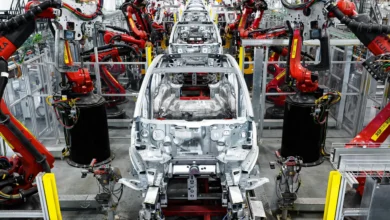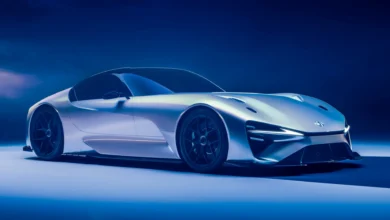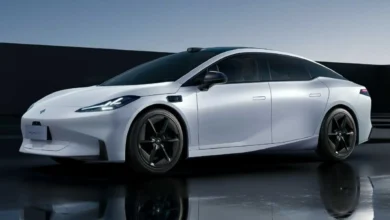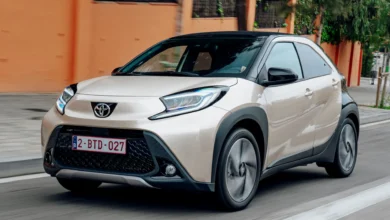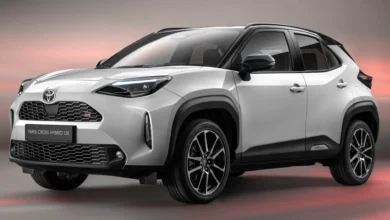
Toyota is stepping on the accelerator to try to make up for lost time in the electric car race. After years of betting on hybrids and hydrogen fuel cells, the Japanese giant has created a specific team focused on the development of battery-powered electric cars. Your first task? Create a new modular platform called to replace the current e-TNGA.
Beyond its huge investments in technologies such as solid electrolyte batteries, Toyota will also rely on a complete remodeling of its production processes to close the gap with Tesla and BYD, current leaders in the sector. Its new approach will include vehicles capable of moving around plants on their own, the use of gigacasting, and greater automation.
Toyota’s renewed production system will debut in 2026 with its next generation of electric cars. “We have been slow to make progress, but we hope to overtake Tesla in this way,” Akihisa Shirao, general project manager of the new BEV Factory unit, charged with spearheading its electric vehicle strategy, recently stated.
Toyota leadership defines this transformation as a revolution at the level of the monocoque chassis, as it should reduce manufacturing times by half. In addition, the new modular electric platform will allow half of the resources and investments to be allocated to the development of new automobiles. The change in the production model will be defined by six steps.

Toyota will bet heavily on automation
The first is production engineering. Toyota will use “digital twins” to speed up testing and verification processes, improving the accuracy of reproducing designs on assembly lines. The second is the foundry since the brand is working on an innovative process that will reduce both manufacturing times and the number of components necessary for assembly through the use of gig castings like those already used by Tesla. Thus, the basic architecture of the vehicle will be formed from three large modules: front, central, and rear.
The batteries are the third step, as Toyota aims to significantly reduce its cost in the coming years through the use of new chemistries. The fourth corresponds to the bodywork and paint shop, where the three main modules will be joined using a welding-free method. It will also reduce the use of paint by 15%.

The fifth step is the final assembly, where the aforementioned “self-propelled assembly line” will come into play, in which the car will move around the plant on its own. This will improve space utilization and flexibility, cutting component transportation times. Investments in the lines will fall by half, but as a collateral effect, the necessary labor will be reduced.
Transportation is the sixth and final step. By moving autonomously around the factory, the cars will be able to park very close together, since it will not be necessary to open the doors for the driver to enter or exit. The vehicles will be transported with new robots capable of lifting them and moving them to the trucks.

